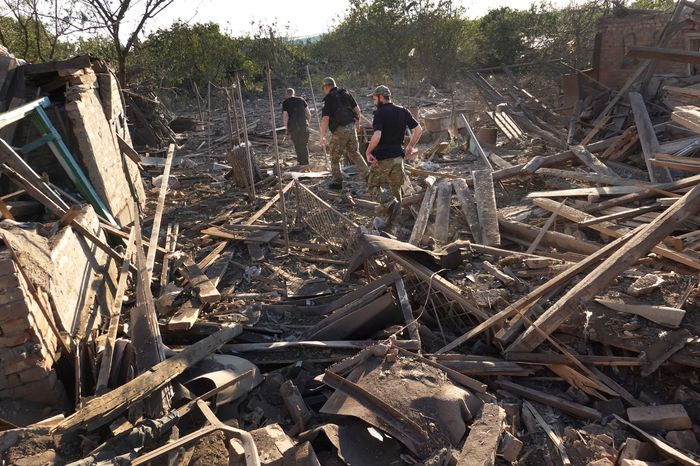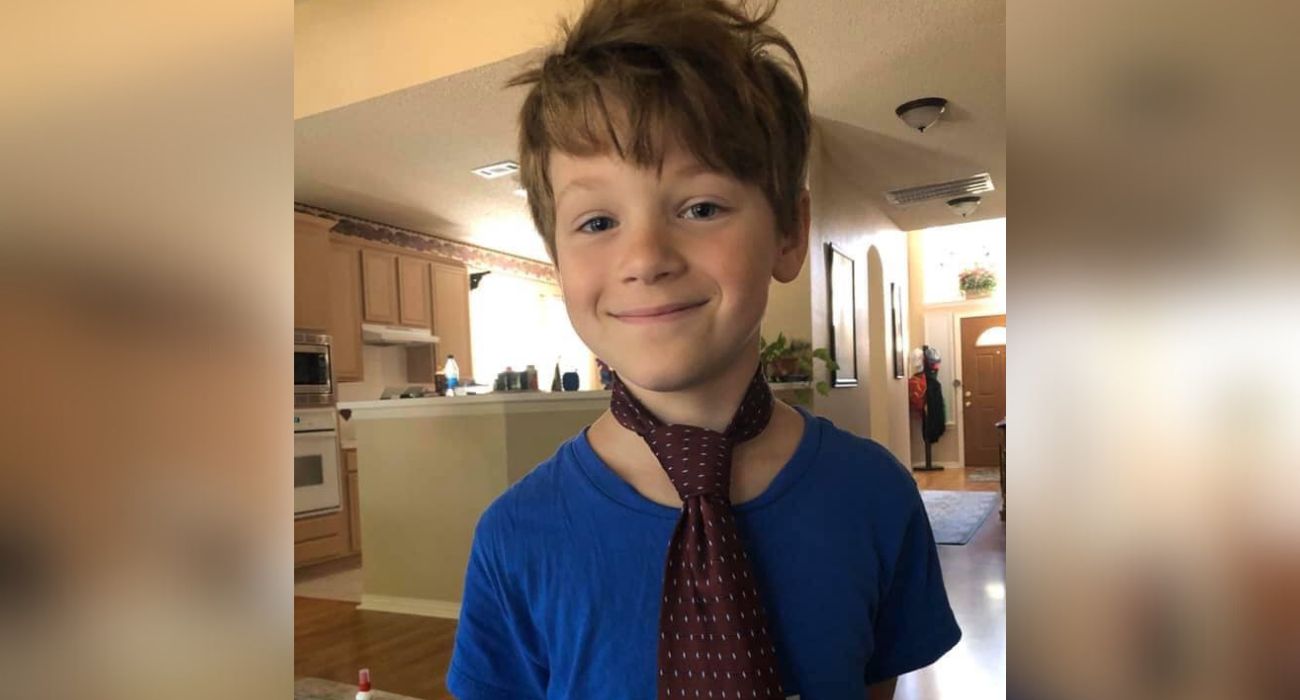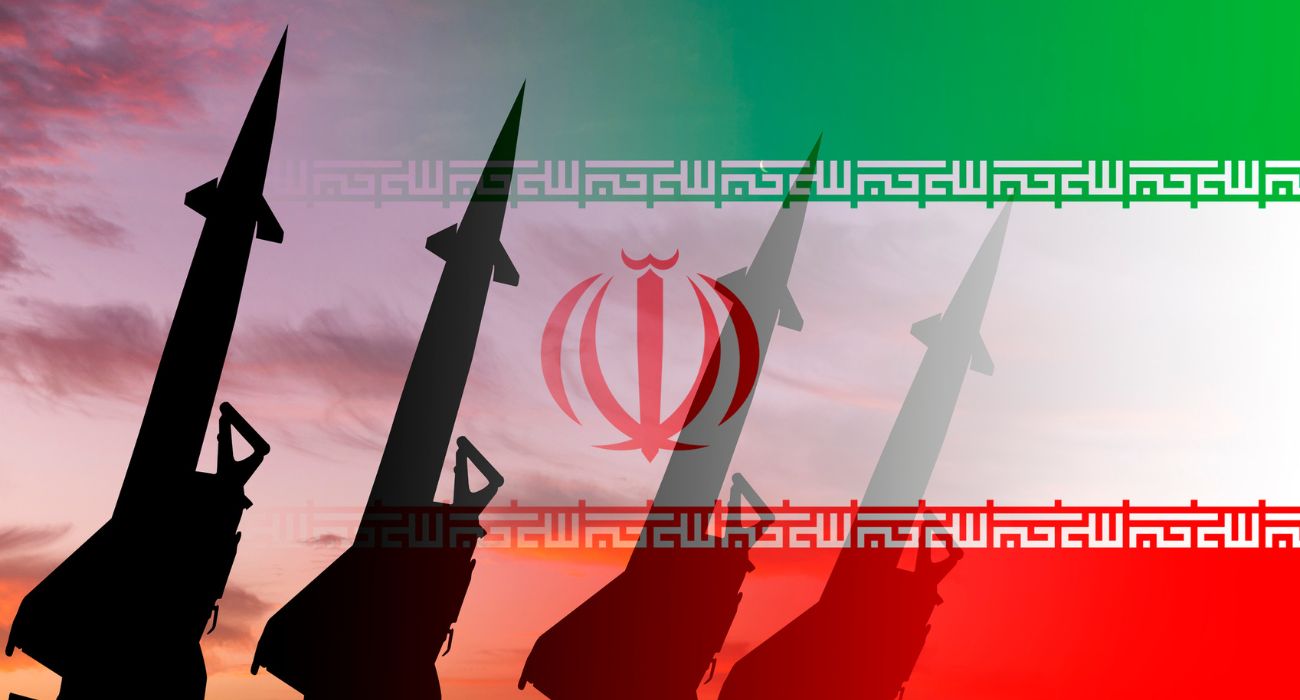At a “fortress-like” steel facility in the ruins of Mariupol, the Azovstal steelworks, Russian soldiers have begun handing over the remains of Ukrainians who were killed in their final stand against Moscow’s invasion.
Ukrainian military commander Maksym Zhorin, a former head of the Azov Regiment, said that dozens of fighters’ bodies had been taken to the Ukrainian capital of Kyiv for DNA testing to identify the remains.
The Azov Regiment, a Ukrainian battalion, defended the facility for approximately three months. At this point, it is not apparent how many bodies remain at the factory, which Russian forces bombarded from the sea and air for months.
Russia was unable to immediately capture Mariupol because of the resistance of the steel mill by the Ukrainian rebels. Ukraine’s President, Volodymyr Zelenskyy, called them heroes.
At the end of May, more than 2,400 remaining Azovstal soldiers marched out of the plant without weapons and bearing wounded comrades.
The fate of survivors who are now in Russian hands is unknown.
The Ukrainian government has not announced the retrieval of the remains of the fighters from the Azovstal ruins. However, family members of troops who died in the factory spoke to The Associated Press about the procedure.
In the first officially-confirmed body swap since the conflict began, the two forces exchanged 320 bodies in Zaporizhzhia, each receiving 160, according to Ukraine’s Ministry for Occupied Territories.
A three-paragraph statement from the Ministry of Internal Affairs did not include any information on where the remains were recovered, nor did it reference Azovstal.
The Ukrainian Ministry of Foreign Affairs did not provide any additional information when contacted on Monday.
Vladimir Putin’s government has not commented on the exchange.
The Azov Battalion emerged in 2014 as one of the numerous volunteer brigades that organized to combat Russia-backed rebels in eastern Ukraine.
Maksym Zhorin now serves as co-commander of a military unit in Kyiv and has confirmed that the Azov Regiment remains discovered from Azovstal were included in the trade.
An Azov fighter’s brother told The Associated Press that at least two trucks containing victims from Azovstal had been sent to a medical clinic in Kyiv for identification.
According to Viacheslav Drofa, the remains of his older brother, Dmitry Lisen, have not yet been found.
Last week, bodies were retrieved from the mill, some of which were severely charred, according to Drofa. The mother of a soldier killed in the plant claimed that her son’s remains might have been taken to Kyiv after a Russian bombardment on the plant.
For fear of jeopardizing her healing process and her son, the mother asked that neither be named. She broke down in tears as she described her son as more than just a hero and expressed the importance of being able to lay him to rest.
As for her son, she remarked, “I’m just waiting for the body of my son. It’s important for me to bury him in our Ukrainian land.”
Chairperson of the U.S. Joint Chiefs of Staff, Army Gen. Mark Milley, remarked at the American Cemetery of Colleville-Sur-Mer, facing Omaha Beach in Normandy, “The fight in Ukraine is about honoring these veterans of World War II.”
In his words, “It’s about maintaining the so-called global rules-based international order that was established by the dead who are buried here at this cemetery.”
In honor of the 78th anniversary of D-Day, 97-year-old Charles Shay was on Omaha Beach to commemorate those who lost their lives on that fateful day.
Shay’s response to being asked about the conflict unfolding over Europe was, “It is a very sad situation.”






